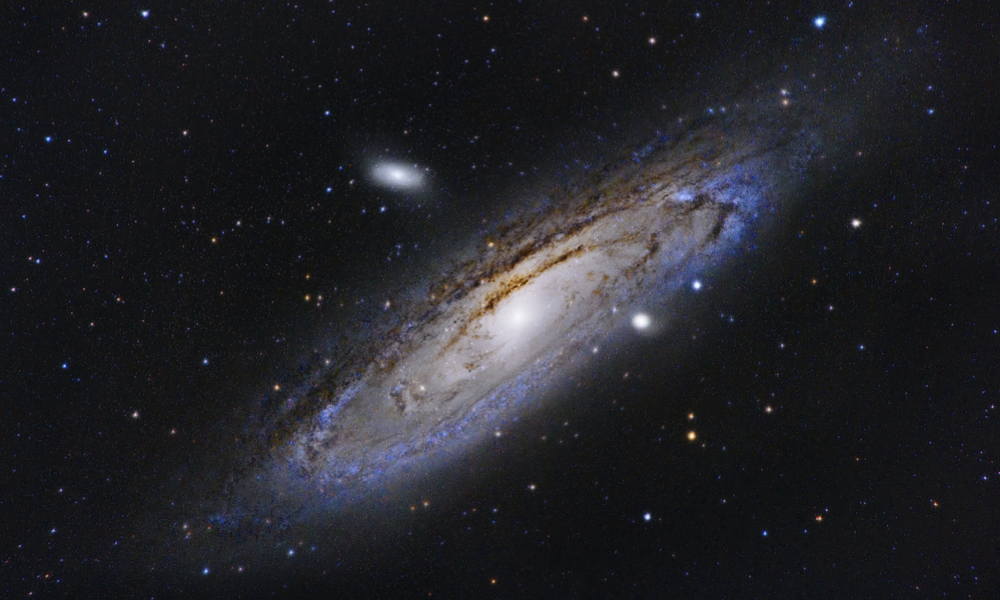
ESA Open Invitation to Tender AO9814
Open Date: 16/04/2019
Closing Date: 10/06/2019 13:00:00
Status: ISSUED
Reference Nr.: 19.1TT.41
Prog. Ref.: ScyLight
Budget Ref.: E/0502-01A – ScyLight
Special Prov.: DK+FR+DE+IT+NL+CH+GB+IE+AT+LU+CZ+RO+CA+NO
Tender Type: C
Price Range: 200-500 KEURO
Products: Satellites & Probes / Optical Communication / Optical Comm. / Optical terminals / Satellites & Probes / Parts / Mechanical, Optical and Magnetic parts / Optical Parts (lenses, beam-splitters, …) / Ground Segment / Development and Construction of Space Segment / Assembly Integration and Test / Optical Ground Support Equipment
Techology Domains: RF Systems, Payloads and Technologies / RF Payloads / Telecommunication Payloads / Ground Station Systems and Networks / Ground Station System / Advanced Ground Station Design Concepts / Optics / Optical Equipment and Instrument Technology / Optical Communications / Optoelectronics / Photonics / RF Photonics
Establishment: ESTEC
Directorate: Directorate Telecom & Integrated Applica
Department: Telecom Technologies,Product&Systems Dep
Division: Technologies and Products Division
Contract Officer: Beardsell, Andrea
Industrial Policy Measure: N/A – Not apply
Last Update Date: 16/04/2019
Update Reason: Tender issue
The objectives of this Phase A study are:1) To investigate the end-to-end system architectures of a high throughput system (Terabit/second, minimal 100Gigabit/second) needed to enable the seamless extension of the terrestrial fibre networks into space (fibre inthe sky).2) To identify the key elements of the system architecture (e.g., optical feeder links, high data rate Wavelength Division Multiplexing (WDM) optical inter-satellite links, on-board (all optical / regenerative) routing / switching of optical signals, seamless integration into the terrestrial fibre network, etc.), and provide an overview of the potential enabling technologies required.3) To define an in-orbit demonstration mission (or a set of staggered missions spread out in time) in LEO / GEO orbit (or in a mixed LEO/GEO scenario) to demonstrate the feasibility and evaluate the communication performances of the critical elements, including the technology development roadmap and associated schedule / cost analysis.Targeted Improvements: Consolidate the system and sub-system performance requirements for the next generation of communication satellites using optical inter-satellite links and on-board optical processing, together with a development roadmap for an in-orbit demonstration mission(s) to validate the critical enablingtechnologies.Description:Space communications have been a successful player in providing global coverage for different type of services (e.g., TV / radio broadcasting, phone services / internet access in isolated regions, business-to-business virtual private networks over satellite). In those scenarios, the satellite is the central node in point-to-point/point-to-multipoint star topologiesor in multipoint-to-multipoint meshed topologies. In most of these cases, the satellite is conceived as a standalone communicationssystem.A change in the paradigm of satellite communications is considered mandatory in order to complement (rather than compete with) the performance evolution of terrestrial-based high capacity networks. The aim of future telecom satellites would be to be part (in a seamless integrated manner) of the terrestrial-based high capacity network, providing capabilities not available in terrestrial-based communication systems (e.g., large coverage, low latency, cost advantage in sparsely populated regions, no geographical obstructions etc.). Inter-satellite links (ISLs) would also have the potential to allow optimisation of the required ground segment infrastructure.This activity shall define/investigate/review: The end-to-end system architectures of a high throughput system (Terabit/second, minimal 100Gigabit/second) that results from combining high data rate optical feeder links, WDM optical ISLs and on-board (all optical/regenerative) switching/routing capabilities, needed to implement an optical transport network in space. The benefits and applications will then be evaluated in detail, including efficient data traffic re-distribution/load balancing within a satellitefleet or even among satellite fleets from different operators, traffic backhauling, multi-mission satellites, improvement of sharing of ground/space segment resources, overall increase on system availability and redundancy, flexible assignment of satellite payload resources to coverage areas, etc. The concept of operations enabling both space and ground segments to become an inherent part of the terrestrial-based high capacity transport network. Trade-off of different payload architecture configurations and network topologies, taking into account different orbital characteristics (e.g., LEO, GEO, mixed LEO/GEO scenario). Mission requirements, payload requirements, platform accommodation constraints, ground segment requirements and networking/protocol requirements, and correspondent preliminary designs for the various scenarios under investigation. Detail design/analysis of the critical space and groundsegment sub-systems (e.g., optical feeder links, high data rate WDM optical inter-satellite links, on board (all optical/regenerative) routing/switching of optical signals, interface options with the primary RF payload, seamless integration into a terrestrial fibre network, satellite platform modifications). Technology development roadmaps of the identified critical / enabling technologies (e.g., optical/opto-electronic) required to fulfil the system and sub-system performance requirements, including the associated technology readiness level, availability, reliability, development costs and schedule.Possible dedicated in-orbit technology demonstrator(s) (e.g., hosted payloads) to demonstrate the technical feasibility of the HydRON mission concept.
If you wish to access the documents related to the Invitation to Tender, you have to log in to the ESA Portal.
